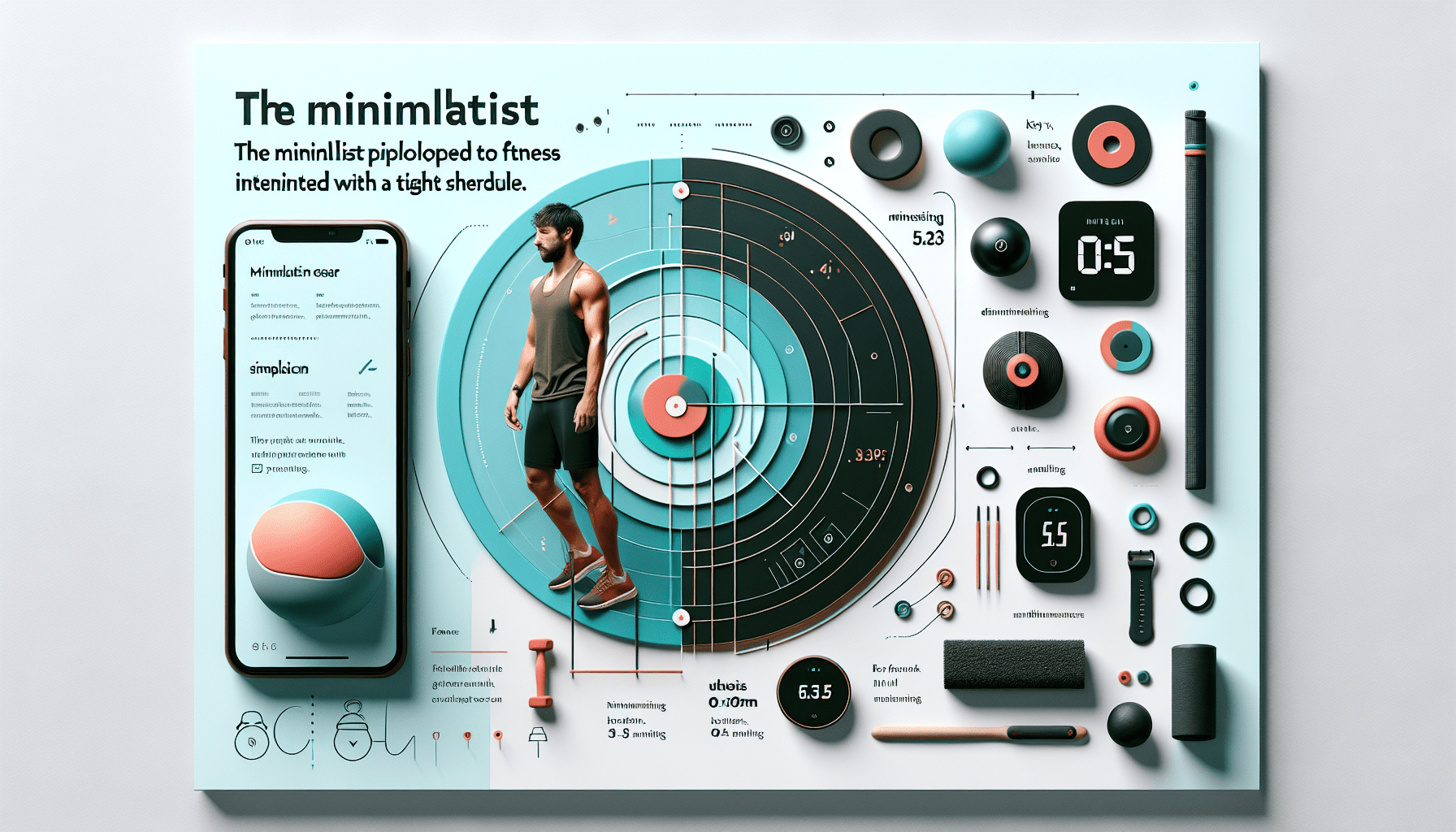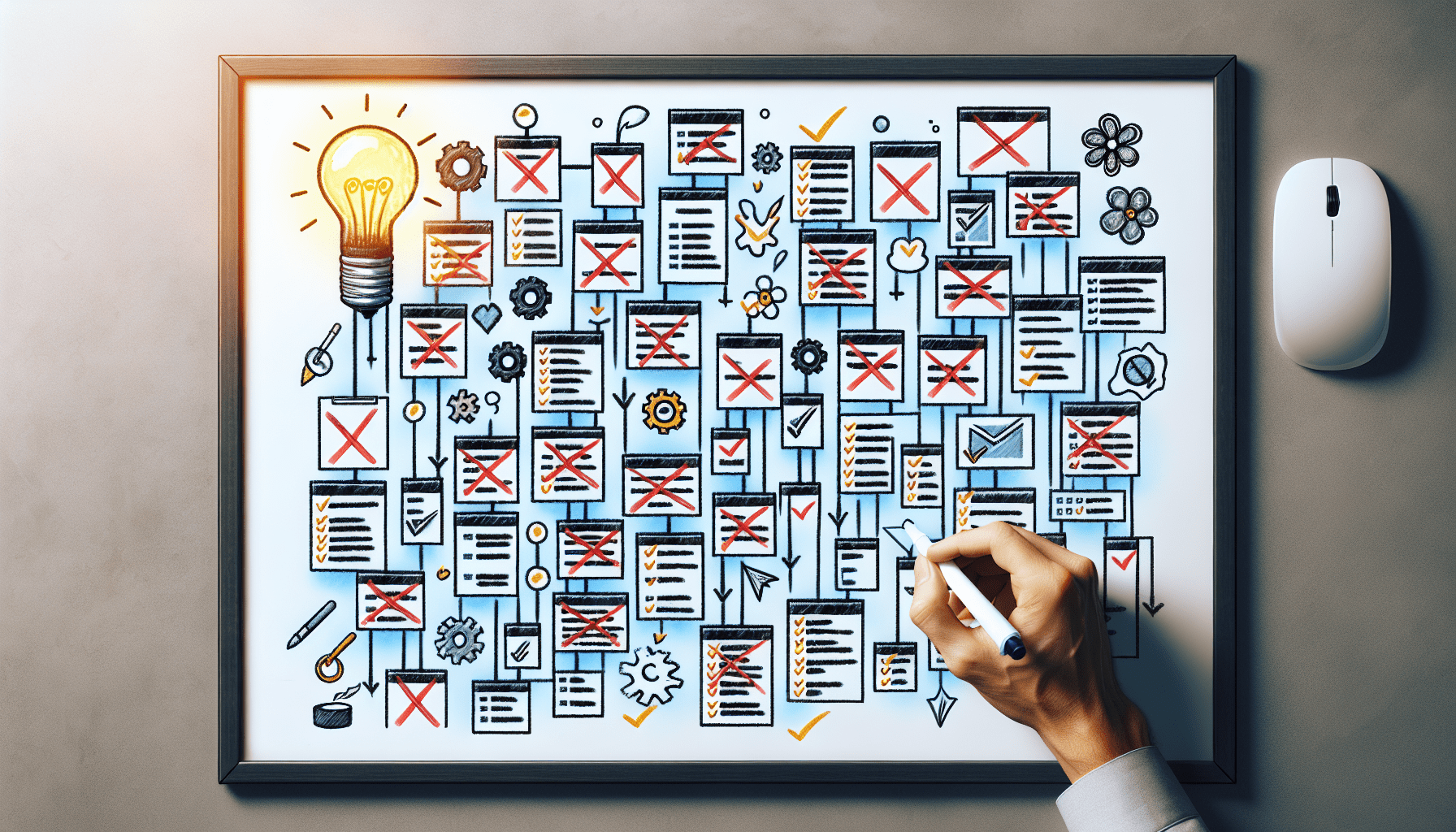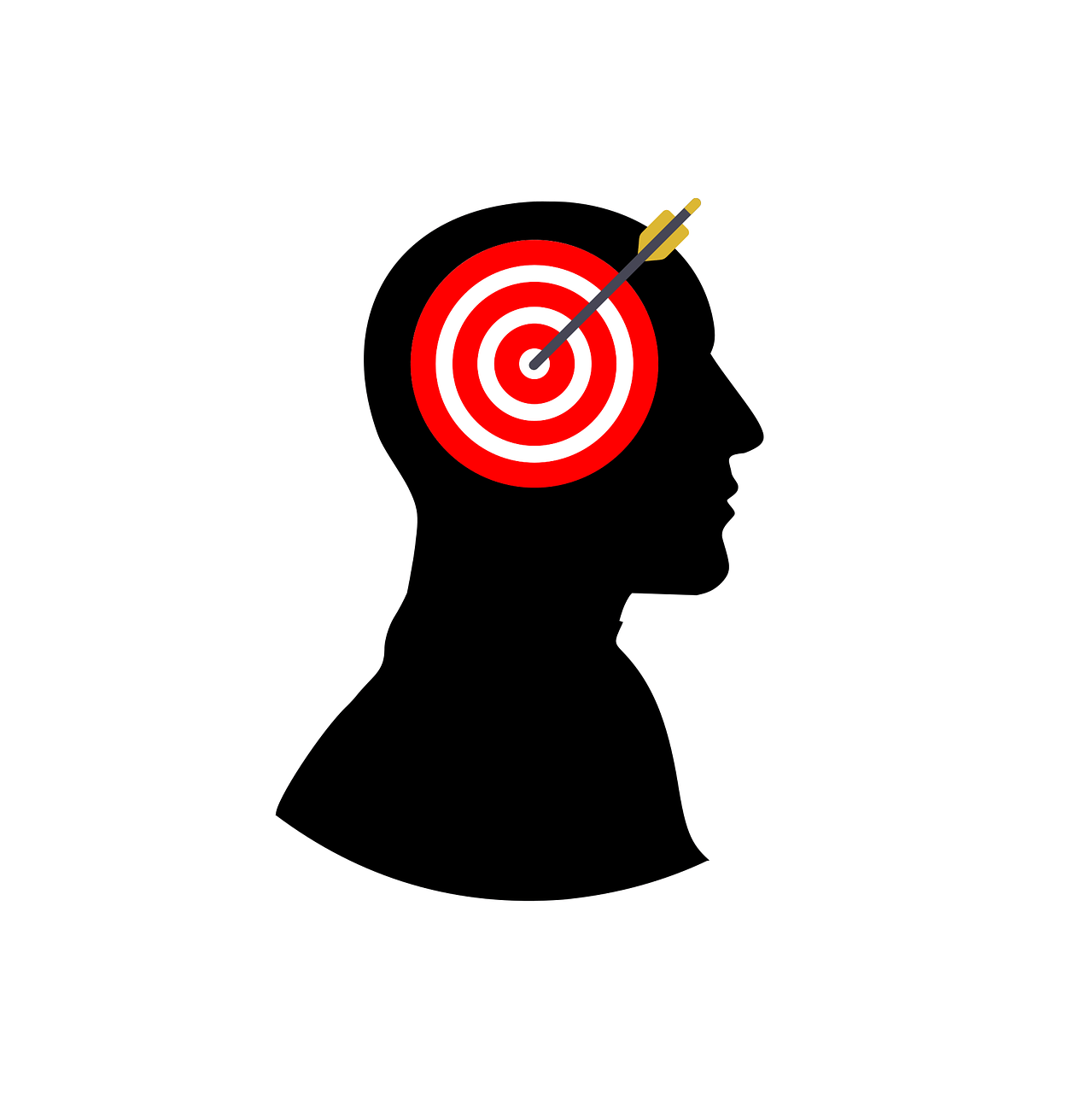
The Power Of Visualization For Focus And Achievement

Do you struggle with staying focused on your tasks and achieving your goals? The power of visualization may be the key to unlocking your full potential. By harnessing the power of your imagination and creating vivid mental images of your desired outcome, you can enhance your focus and increase your chances of success. In this article, we will explore the benefits of visualization, how to incorporate it into your daily routine, and the science behind its effectiveness. If you’re ready to take control of your focus and achieve your goals, read on to discover the transformative power of visualization.
What is visualization?
Definition of visualization
Visualization is the process of creating mental images or representations in your mind. It involves using your imagination to vividly picture or imagine desired outcomes, goals, or experiences. Visualization allows you to harness the power of your mind to create a mental movie of what you want to achieve, thereby increasing your focus and helping you work towards your goals.
Understanding the concept of visualization
Visualization goes beyond simply daydreaming or wishful thinking. It is a deliberate and intentional practice of forming mental images with the goal of achieving a particular outcome. By engaging in visualization, you are tapping into the incredible power of your subconscious mind to influence your thoughts, emotions, and actions. This process involves creating a detailed and realistic picture in your mind, incorporating sensory information such as sights, sounds, smells, and feelings. Visualization helps to align your thoughts and intentions with your actions, providing a clear pathway towards achieving success.
The science behind visualization
How visualization affects the brain
Visualization has a profound impact on the brain. When you visualize, your brain activates the same neural pathways as when you actually perform the action you are imagining. For example, if you visualize yourself playing a musical instrument, the areas of your brain associated with that skill become active. This process helps to strengthen existing neural connections and create new ones, leading to improved performance and skill development.
Neuroplasticity and visualization
Neuroplasticity refers to the brain’s ability to change and adapt throughout life. Visualization plays a crucial role in harnessing the power of neuroplasticity. When you vividly imagine yourself performing a specific task or achieving a particular goal, you are stimulating the brain to create new neural pathways and strengthen existing ones associated with that task or goal. Regular practice of visualization can lead to enhanced learning, increased motivation, and improved performance.
Role of mirror neurons in visualization
Mirror neurons are specialized cells in the brain that fire both when we perform an action and when we observe someone else performing the same action. These neurons play a significant role in visualization because they allow us to imagine and understand the actions, emotions, and experiences of others. When we visualize ourselves performing a specific action, mirror neurons enable us to mentally rehearse and simulate that experience in our mind. This process helps to improve our ability to perform the action in real life.
Benefits of visualization for focus
Enhancing concentration
Visualization is a powerful tool for enhancing focus and concentration. By picturing yourself fully engaged in a task or activity, you are training your mind to remain focused amidst distractions. Visualization helps to sharpen your attention, allowing you to filter out irrelevant information and stay present in the moment. With regular practice, you will find that your ability to concentrate on tasks improves, leading to increased efficiency and productivity.
Reducing distractions
In today’s fast-paced world, distractions abound. Visualization can help you overcome these distractions by training your mind to stay centered and focused on the task at hand. When you consistently visualize yourself working in a focused and undisturbed state, you are programming your mind to ignore external distractions. This mental conditioning can significantly reduce the impact of distractions on your work and improve your ability to stay on track.
Improving mental clarity
Visualization promotes mental clarity by helping you gain a clear understanding of your goals and desired outcomes. When you visualize the successful completion of a task or the achievement of a goal, you are reinforcing your understanding of what needs to be done. This mental rehearsal enhances your problem-solving abilities, decision-making skills, and overall clarity of thought. Visualization allows you to approach tasks with a focused and organized mindset, leading to more successful outcomes.
Steps to practice visualization
Setting clear goals
Before you begin practicing visualization, it is essential to have clear goals in mind. Write down your goals in specific and measurable terms. Be as detailed as possible, describing what you want to achieve, by when, and how it will benefit you. Clear goals provide a framework for your visualization practice and help you direct your mental imagery towards specific outcomes.
Creating a quiet and relaxing environment
To practice visualization effectively, it is important to create a quiet and relaxing environment. Find a peaceful space where you can be free from distractions. It could be a comfortable corner in your home or even a quiet park. Ensure that you have adequate time and privacy to engage in visualization without interruptions. This serene environment will allow you to fully immerse yourself in the visualization process and enhance your focus.
Using guided visualization techniques
If you are new to visualization or find it challenging to create mental images on your own, guided visualization techniques can be a helpful tool. Guided visualizations typically involve listening to an audio recording or following along with a script that guides you through the visualization process. These resources provide step-by-step instructions and can help you develop and refine your visualization skills. You can find a wide range of guided visualization recordings and scripts online or through meditation and self-help resources.
Visualization techniques for focus
Creative visualization
Creative visualization involves using your imagination to create vivid mental images of what you desire to achieve. In this technique, you visualize yourself engaging in your desired activity or successfully accomplishing your goals. Focus on the details and imagine all the sensory elements associated with the experience. Visualize the sights, sounds, smells, and even the emotions and physical sensations you would experience in that moment. This technique helps to activate your subconscious mind and align your thoughts and actions towards achieving your goals.
Association and disassociation techniques
Association and disassociation techniques involve visualizing yourself either from a first-person perspective (associated) or from a third-person perspective (disassociated). In associated visualization, you imagine experiencing the situation as if you are directly involved, seeing through your own eyes. This technique allows you to fully immerse yourself in the experience and enhance your connection to it. In disassociated visualization, you imagine observing yourself from an external perspective, as if watching a movie. This technique provides a more objective view and can help you gain a different perspective on the situation.
Positive affirmations during visualization
Integrating positive affirmations into your visualization practice can enhance its effectiveness. Affirmations are positive statements or phrases that reinforce your desired outcome or belief. For example, if your goal is to improve your public speaking skills, you could repeat affirmations such as “I am a confident and articulate speaker” or “I captivate and inspire my audience.” By combining positive affirmations with visualization, you are reinforcing positive beliefs and programming your subconscious mind for success.
Visualization for achieving goals
Setting specific goals
When using visualization for goal achievement, it is important to set specific and measurable goals. Vague or ambiguous goals make it difficult for your mind to form clear mental images and direct your focus effectively. By setting specific goals, you provide your visualization practice with purpose and clarity. Clearly define what you want to achieve and be specific about the details, such as the timeline, steps involved, and the desired outcome.
Visualizing the process and outcome
When practicing visualization for goal achievement, it is beneficial to visualize both the process and the outcome. Begin by picturing yourself engaging in the necessary steps and actions required to achieve your goal. See yourself overcoming challenges, staying focused, and making progress towards your desired outcome. Then, shift your visualization towards the end result and imagine yourself successfully attaining your goal. By visualizing the entire journey, from start to finish, you are reinforcing your commitment and motivation to achieve your goals.
Reprogramming the subconscious mind
Visualization can be a powerful tool for reprogramming your subconscious mind. The subconscious mind is responsible for shaping your beliefs, habits, and behaviors. By consistently visualizing your desired outcomes, you are planting positive and empowering beliefs into your subconscious. This process helps to align your subconscious mind with your conscious goals, making it easier to take the necessary actions and make decisions that support your desired outcomes.
Case studies on visualization and achievement
Successful athletes and visualization
Many successful athletes attribute their achievements to the power of visualization. They use visualization techniques to mentally rehearse their performances, visualize themselves executing flawless movements, and imagine themselves winning competitions. Olympic gold medalist Michael Phelps, for example, is known to have used visualization extensively to enhance his swimming performance. By visualizing success repeatedly, athletes strengthen their mental preparation, improve their focus, and boost their overall performance.
Entrepreneurs and visualization for success
Entrepreneurs often use visualization techniques to shape their success and achieve their business goals. They visualize themselves confidently pitching their ideas, negotiating deals, and building thriving businesses. By repeatedly imagining themselves succeeding in their endeavors, entrepreneurs cultivate a positive mindset, strengthen their belief in their abilities, and increase their motivation to take action. Visualization helps them stay focused on their long-term objectives and overcome challenges along the way.
Artists and visualization for creativity
Artists, whether painters, writers, or musicians, often utilize visualization techniques to enhance their creativity. They visualize their desired creations in great detail, imagining the colors, textures, melodies, or stories they want to bring to life. Visualization helps artists tap into their imagination, access their creative flow, and manifest their artistic visions. By engaging their senses through visualization, artists can amplify their creativity and produce more inspired and meaningful works.
Tips for maximizing visualization practice
Consistency and regularity
To maximize the benefits of visualization, consistency and regularity are key. Make visualization a daily practice and set aside dedicated time each day to engage in visualization exercises. Consistency allows you to reinforce and strengthen the neural connections associated with your goals, making visualization a natural and effortless process. Regular practice also helps to maintain focus and motivation, ensuring that you stay on track towards achieving your desired outcomes.
Using all senses in visualization
To make your visualizations vivid and impactful, engage all your senses. Beyond visualizing images, incorporate auditory, olfactory, tactile, and emotional sensations. For example, if you are visualizing a successful business presentation, imagine the sound of applause, the smell of a fresh PowerPoint printout, the feeling of confidence in your body, and the excitement in your heart. Engaging all your senses helps to create more immersive and realistic mental experiences, enhancing the effectiveness of your visualization practice.
Recording and reviewing visualizations
Consider recording your visualizations in writing or audio format. After your visualization practice, take a few moments to jot down or speak about the details of your mental imagery. This review helps to solidify the mental images in your mind and reinforces the neural connections associated with your goals. Additionally, you can revisit these recordings or notes in the future to reflect on your progress and adjust your visualization practice as needed.
Visualization pitfalls to avoid
Fear of failure and negativity
One of the common pitfalls of visualization is the fear of failure and negativity. If you visualize negative outcomes or dwell on potential obstacles, you are effectively programming your mind for failure. It is essential to maintain a positive and optimistic mindset during your visualization practice. Focus on the possibilities and visualize yourself overcoming challenges and achieving success. Embracing a positive mindset helps to unleash your full potential and increase your chances of achieving your goals.
Lack of belief in visualization
Some individuals find it challenging to fully believe in the power of visualization. If you approach visualization with skepticism or doubt, it can hinder its effectiveness. To overcome this obstacle, it is helpful to study the success stories of individuals who have achieved remarkable results through visualization. Educate yourself about the scientific research supporting visualization and its impact on the brain. By cultivating a belief in the effectiveness of visualization, you open yourself up to its full potential.
Overdependence on visualization alone
While visualization is a powerful strategy, it is important to remember that action is equally important. Visualization serves as a catalyst for action by aligning your thoughts and intentions with your goals, but it cannot replace actual effort and hard work. Use visualization as a tool to motivate and inspire yourself, but be sure to follow it up with consistent action steps towards your goals. The combination of visualization and action will propel you towards success.
Combining visualization with other techniques
Mindfulness and visualization
Mindfulness and visualization can be powerful when combined. Mindfulness involves being fully present and aware of the current moment. By incorporating mindfulness into your visualization practice, you cultivate a heightened sense of clarity and focus. Start your visualization session by engaging in a mindfulness exercise such as deep breathing or body scanning. This will help you calm your mind, increase your concentration, and deepen your visualization experience.
Breathing exercises and visualization
Breathing exercises can enhance the effectiveness of visualization by promoting relaxation and reducing stress. Before engaging in visualization, spend a few minutes practicing deep breathing or other relaxation techniques. This helps to calm the mind, release tension, and create a conducive state for visualization. Deep, slow breaths can also serve as an anchor during visualization, allowing you to stay centered and focused on your mental imagery.
Visualization in combination with goal setting
Combining visualization with goal setting can amplify your chances of achieving success. Set clear and specific goals, and incorporate them into your visualization practice. As you visualize, mentally connect your goals to your visualization, ensuring that the images you create align with your desired outcomes. This synergy between visualization and goal setting creates a powerful feedback loop, reinforcing your commitment and motivation to achieve your goals.
In conclusion, visualization is a powerful tool for increasing focus and achieving goals. By engaging your imagination and creating vivid mental images, you can harness the power of your subconscious mind to drive your thoughts, emotions, and actions towards success. Through consistent practice, you can enhance your concentration, reduce distractions, and improve your mental clarity. By incorporating visualization into your daily routine, you can unlock your full potential and make significant strides towards realizing your dreams. So, start visualizing today and watch your focus and achievements soar!





















